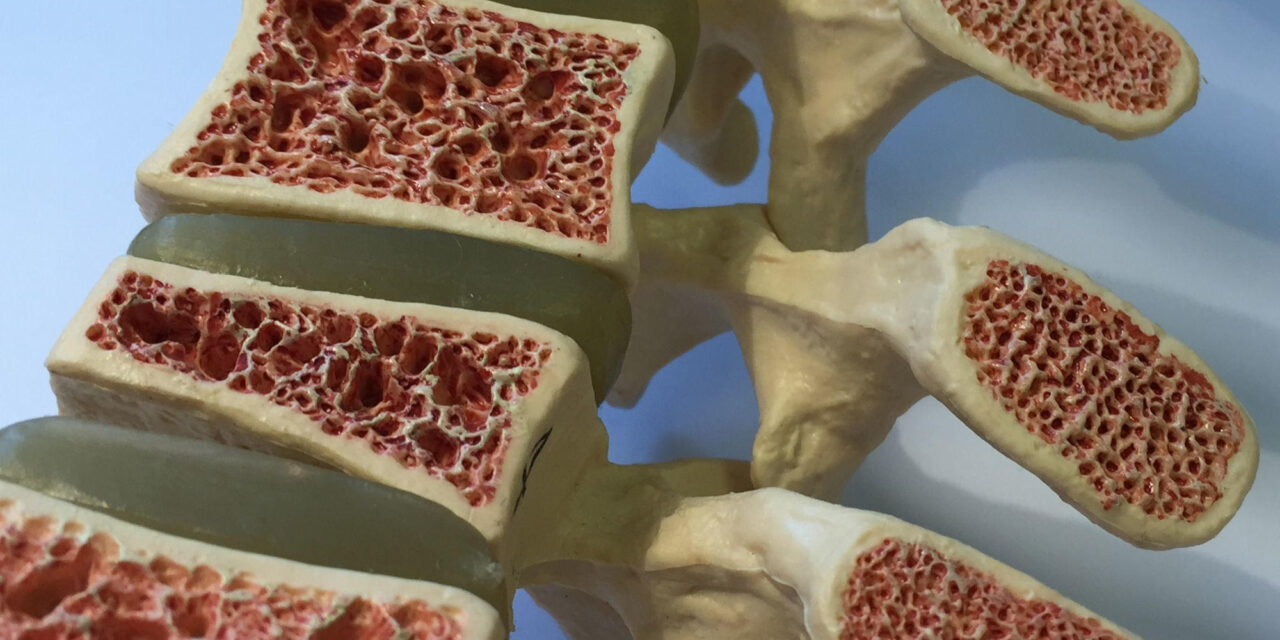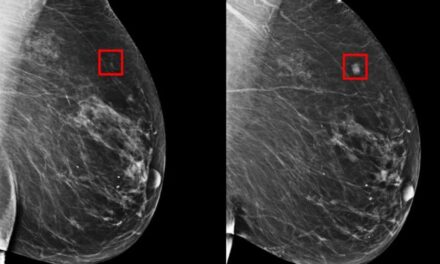A recent study published in Osteoporosis International reveals a significant increase in osteoporosis cases in the United States between 2005 and 2018. While increased life expectancy is a positive trend, it has also led to a rise in age-related chronic conditions, including osteoporosis.
Researchers, led by Hong Xue, found that the overall number of individuals with osteoporosis has increased, affecting most age groups except those aged 80 and older. Notably, the study highlighted disparities in diagnosis rates across various demographics.
Key Findings:
- Overall Increase: A substantial rise in osteoporosis prevalence was observed across the study period.
- Age-Related Trends: Osteoporosis increased in all age groups except those 80 years and older.
- Racial and Gender Disparities: Non-Hispanic white women exhibited the highest prevalence of diagnosed osteoporosis.
- Undiagnosed Cases: Nearly 70% of individuals with osteoporosis remain undiagnosed.
- At-Risk Groups: Men, Mexican Americans, and individuals aged 50–59 are particularly prone to undiagnosed osteoporosis.
The research emphasizes the need for proactive bone health care, particularly for at-risk populations. This study is the first to analyze undiagnosed osteoporosis trends over time, considering gender, ethnicity/race, age group, and combined gender and ethnicity/race.
The researchers, Christopher Naso, Ge Song, and Kenny Lin, along with Hong Xue, concluded that the high rate of undiagnosed cases underscores the necessity for improved screening and awareness initiatives.
Study Details:
- The study analyzed data from 2005 to 2018.
- The research focused on adults aged 50 and older.
- The research was published in the journal Osteoporosis International.
- DOI: 10.1007/s00198-025-07395-3
Disclaimer:
This news article is based on the provided research and aims to present the findings accurately. It is important to note that statistical data can reflect various socioeconomic and healthcare access factors. The information provided should not be interpreted as medical advice. Individuals with concerns about osteoporosis should consult with a healthcare professional for personalized guidance.












